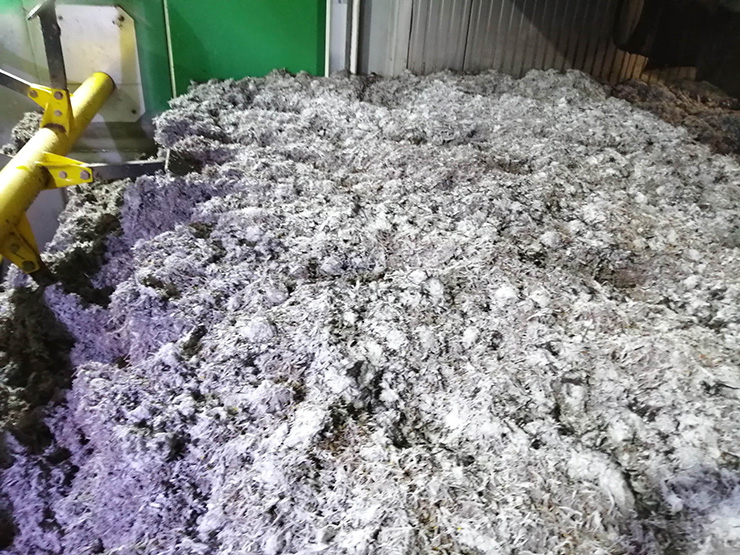SOC COOPERATIVA CHAMPINTER
SOC COOPERATIVA CHAMPINTER
My name is José Carlos Anguix. I have been working for Cooperative Champinter for almost 30 years. I started in the warehouse but one year later I went to the compost yard to work as a technical director of composting.
Although my studies were in a totally different subject, I had the opportunity to work in a local cooperative and discover the fascinating mushroom world.
INTRODUCTION TO THE COMPANY
Sociedad Cooperativa Champinter is a mushroom cooperative created in 1977 in a poor farming area in the southeast of Spain. The production of mushrooms started as a complement to growing other agricultural products such as cereals, almonds and wine. The beginning of mushroom growing started in small caves and very rustic growing rooms without electricity.
Some years later, the company built a compost yard and a warehouse to start selling mushrooms directly to the market.
During the 1990s, the development of the cooperative was slow but steady, resulting in the big transformation of the company in the first years of the new century:
- The farmers joined to create micro cooperatives and build new modern farms with climate control like in other European countries.
- A state of the art compost yard was built to start producing phase III compost.
- The old compost yard was transformed to produce pleurotus compost.
- The company started to produce some exotic mushrooms and a laboratory was created for this purpose.
- The philosophy of the company to sell top quality products directly to the market was implemented with a new warehouse, and a canning factory.
CURRENT SITUATION
Compost production
A new expansion in the agaricus compost yard, concluded last spring, gave the facility 73 phase II-III tunnels and 20 bunkers, and the total capacity is close to 3000 tons weekly.
In 2022 the production of compost was 2400 tons per week, although in the present year this will be slightly lower due to the shortage of straw and the consequently high price of the compost. Compost is 100 per cent synthetic.
Fifty per cent of the compost is sold in bulk, five per cent in blocks, and the forty five per cent remaining is filled in galvanised trays. The trays go to the farms with phase III compost, with phase III and a half - the mycelium grows in the casing soil, the casing is hydrated and ruffled and after a week, they are sent to farms -or with phase IV, with the pins ready to pick in a couple of days. High density rooms have been built in the compost yard to make phase III and a half and phase IV.
Some farmers have a schedule to pick two flushes, and the rest go to three flushes.
The spawn used is mainly A-15 from Sylvan, Excalibur from Amycel, and also the local one produced in the Champinter laboratory.
The compost is supplemented with Champfood and Havens in a quantity of around 13 kgs per ton of compost. Around 32,000 blocks of pleurotus compost are produced every week at this moment.
Casing soil
Located very close to the Mediterranean is the company Infertosa that makes a blend of peat with Harte Peat from Ireland and the black peat they get in their facilities, plus other materials, to get a product ready to be used. The casing is transported to Champinter facilities and is used some days later, when the casing has absorbed the right quantity of water.
Raw materials and straw scarcity problem
As indicated before, the compost is made 100 per cent synthetic. Getting the chicken manure is not a big issue because there are plenty of broiler farms in the nearby area. The growing cycles of the birds are shorter compared with some years ago and that implies that the manure has to be supplemented with chemical nitrogen (mainly ammonium sulphate and urea).
The gypsum used arrives directly from the quarry; it is a very homogeneous and stable product.
The big problem is the straw
In the last 10 years it was very usual to get very different sizes of straw and very different types too: straw from irrigated fields, hard straw, triticale and rye straw. . . etc. But, as everybody knows,
we have been suffering the effects of the new combine harvesters that intensively chop the cereal straw.
Aereal view compost yard
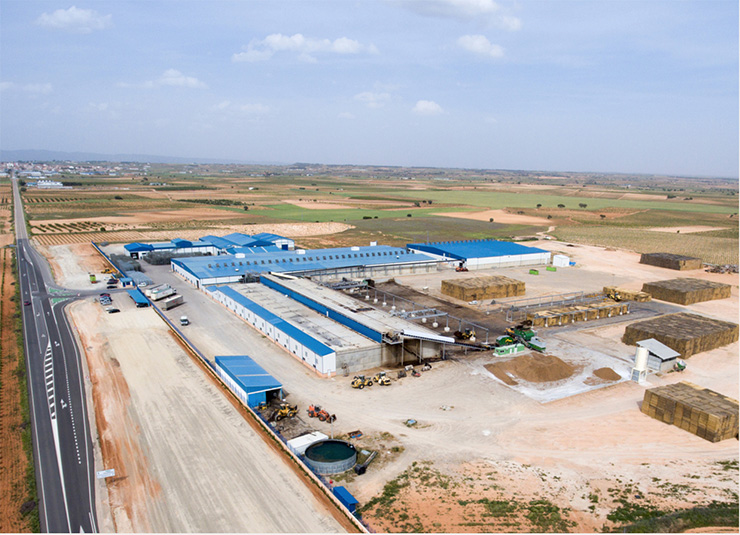
Poppy straw
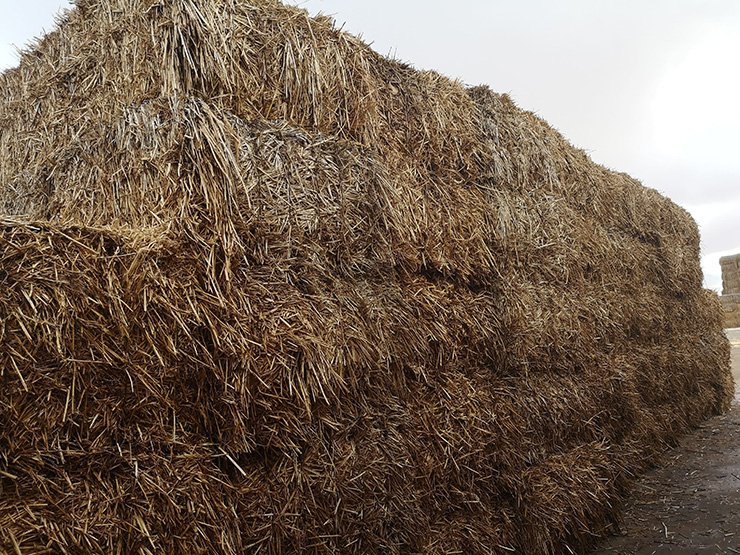
Pre fermentation of corn straw
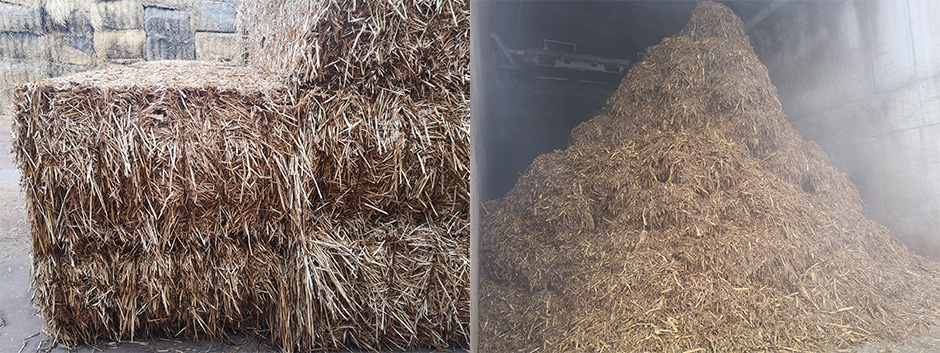
Straw differences
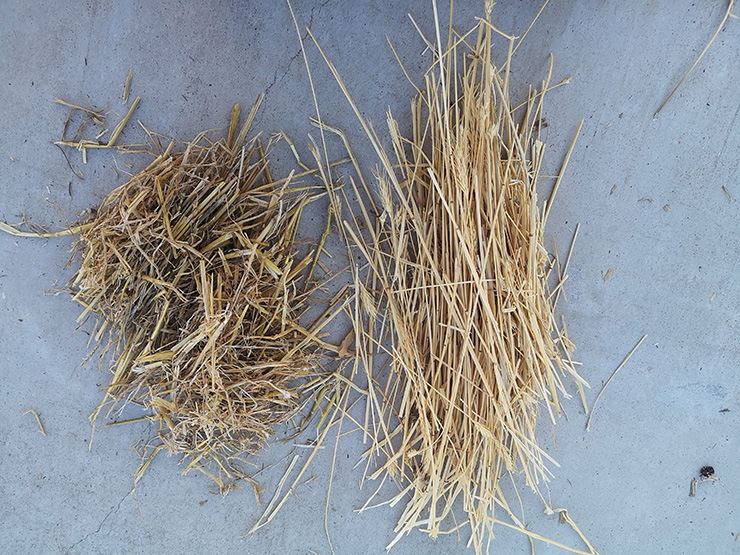
Filling trays
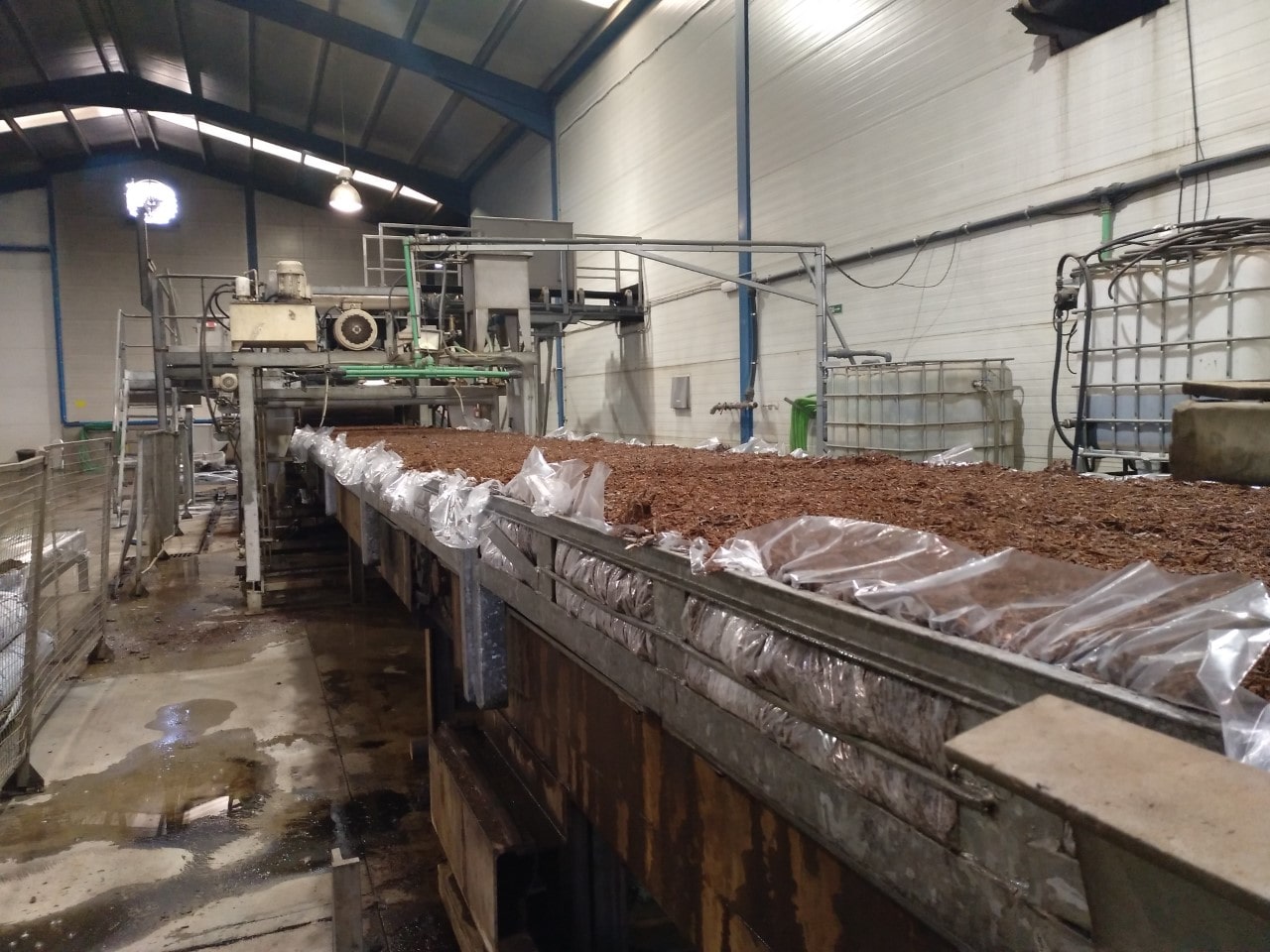
Phase IV rooms
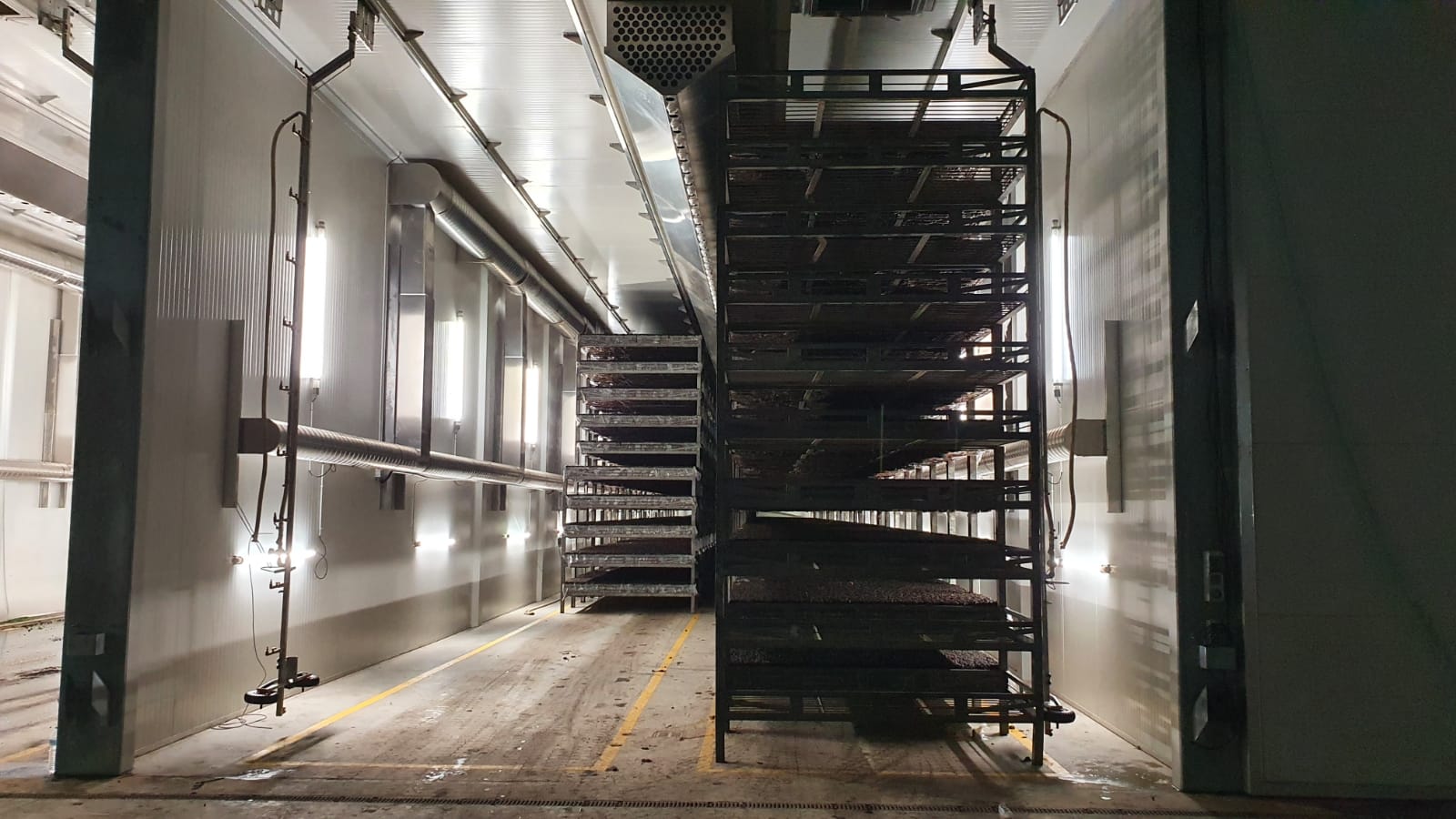
Aerial view warehause and pleurotus compost yard
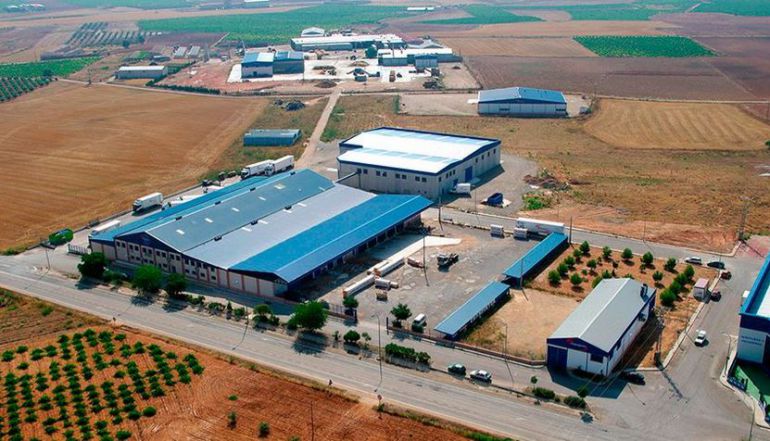
Packaging room
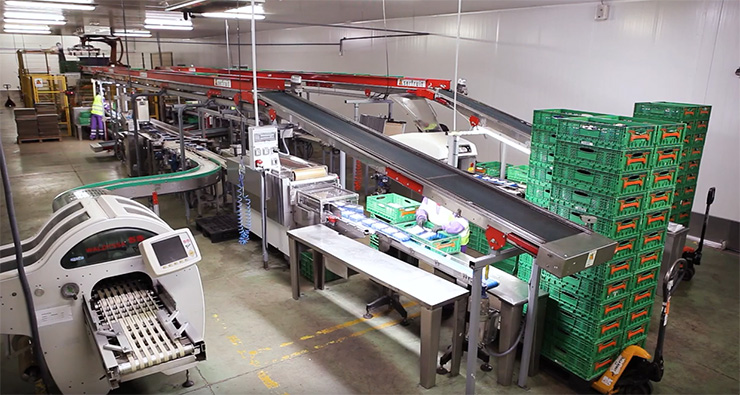
At the supermarket
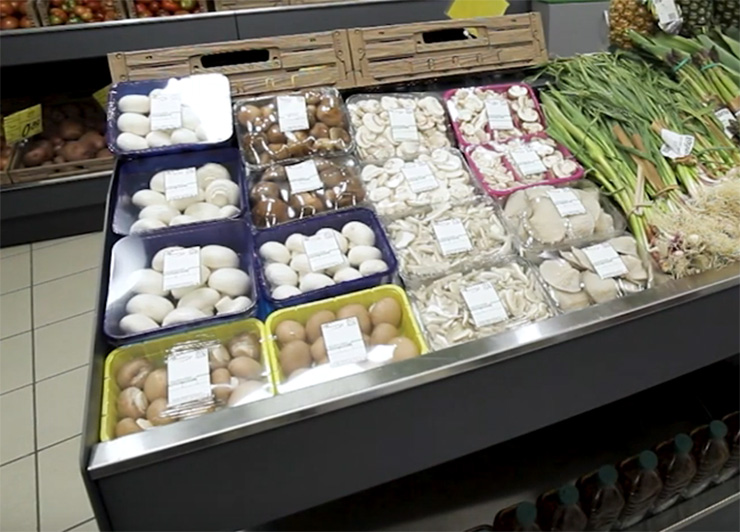
Mushroom harversting
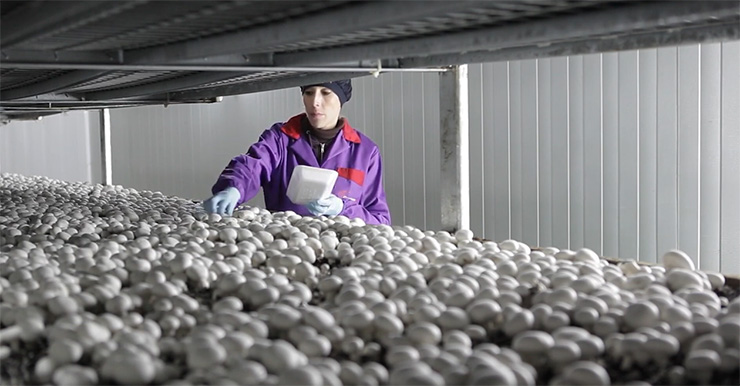
Pinning
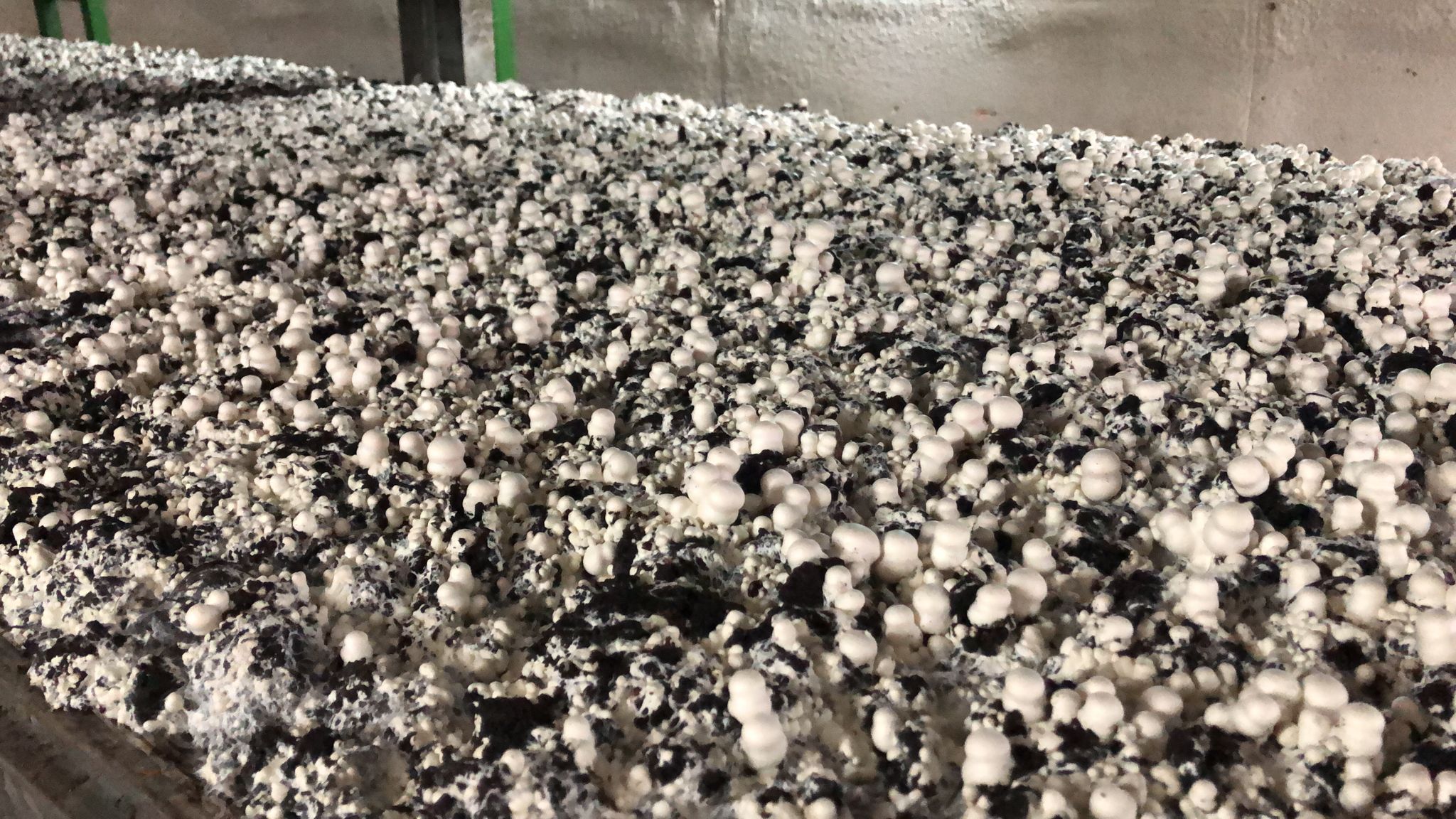
Phase III compost
